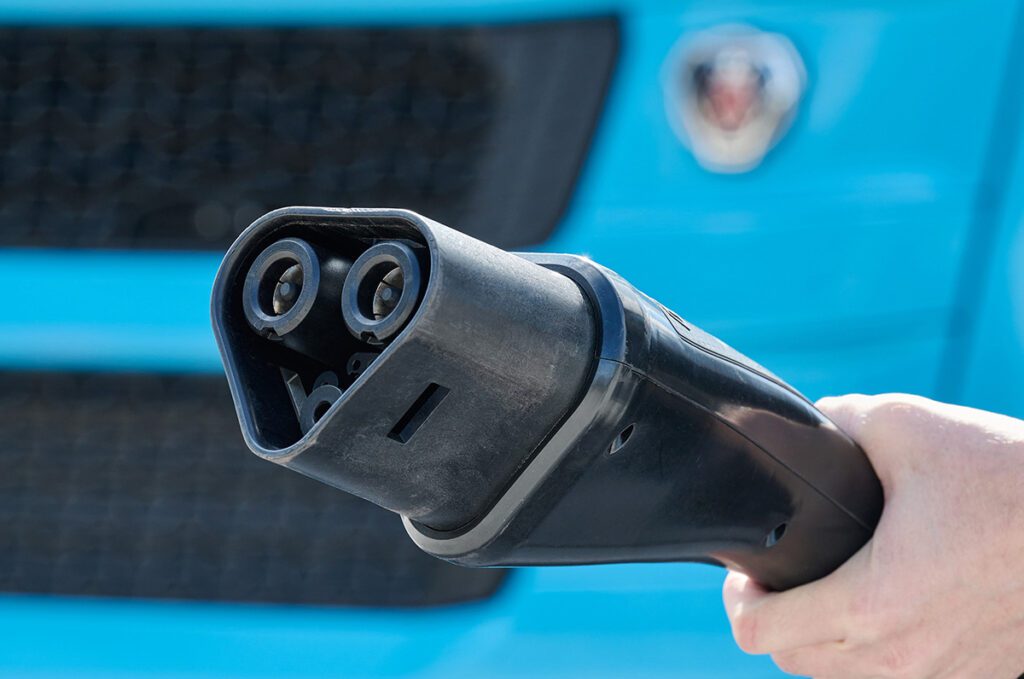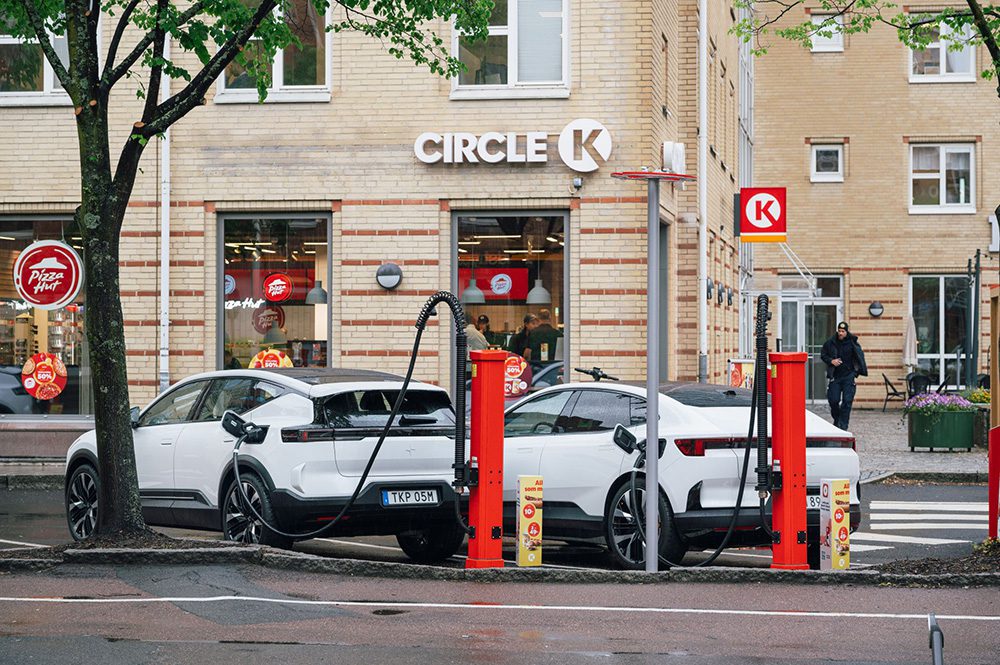In the first phase of BMW’s ChargeForward program, 100 Bay Area i3 owners received incentives to reduce charging usage during periods of high peak demand, in order to optimize the impact on the electrical grid.
The next phase will explore the ability to optimize charging events both at home and at public chargers. BMW will be testing new smart charging functionality such as optimizing across multiple charging events, shifting charging across grid locations and adjusting charging according to the level of renewables on the grid.
During the first phase, electric utility Pacific Gas and Electric (PG&E) sent signals to BMW requesting load reductions of up to 100 kW. In response to these demand response signals, BMW selected vehicles for delayed charging, based on drivers’ communicated mobility needs. Participants could also choose to opt out if they needed to begin charging immediately. BMW supplemented smart charging of these vehicles with a solar-powered battery system made from second-life EV batteries, as necessary.
A total of 192 demand response events took place between July 2015 and October 2016, and in 94 percent of cases, BMW successfully reached the full grid load reduction of 100 kW requested by PG&E. By August 2016, more than 19,000 kWh had been shifted, avoiding costly and carbon-intensive electricity generation.
“We are very encouraged by the level of activity and participation throughout the first phase of the program,” said Cliff Fietzek, Manager, Connected eMobility, BMW of North America. “In this next phase, we will leverage smart charging to expand the range of possible additional grid services that are expected to lower the total cost of electric vehicle ownership.”
Owners of BMW plug-in vehicles in the Greater San Francisco Bay Area who are PG&E customers are invited to apply to participate in the second phase of the program. Participants can earn up to $900 for taking part in the 24-month pilot.
Source: BMW












































































































